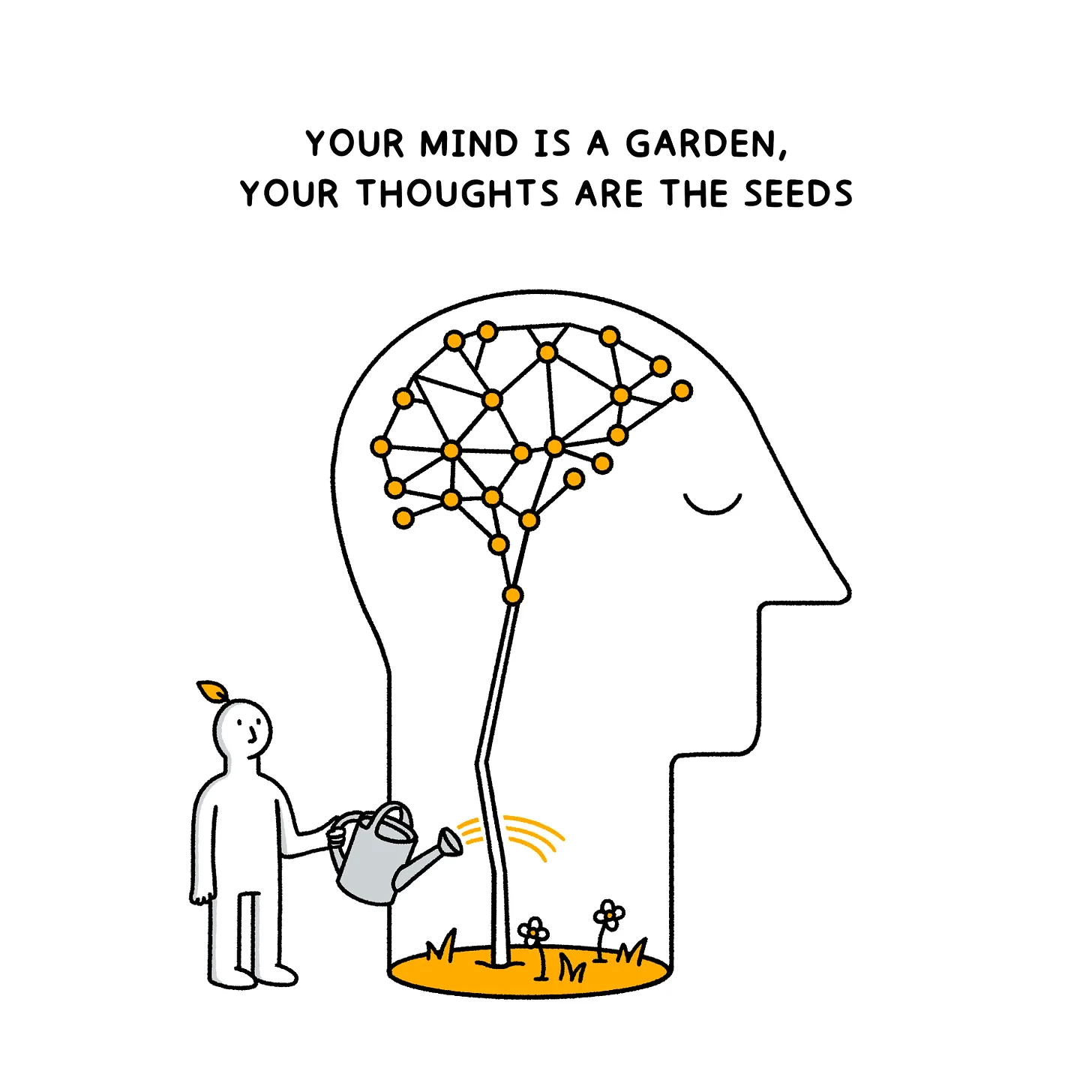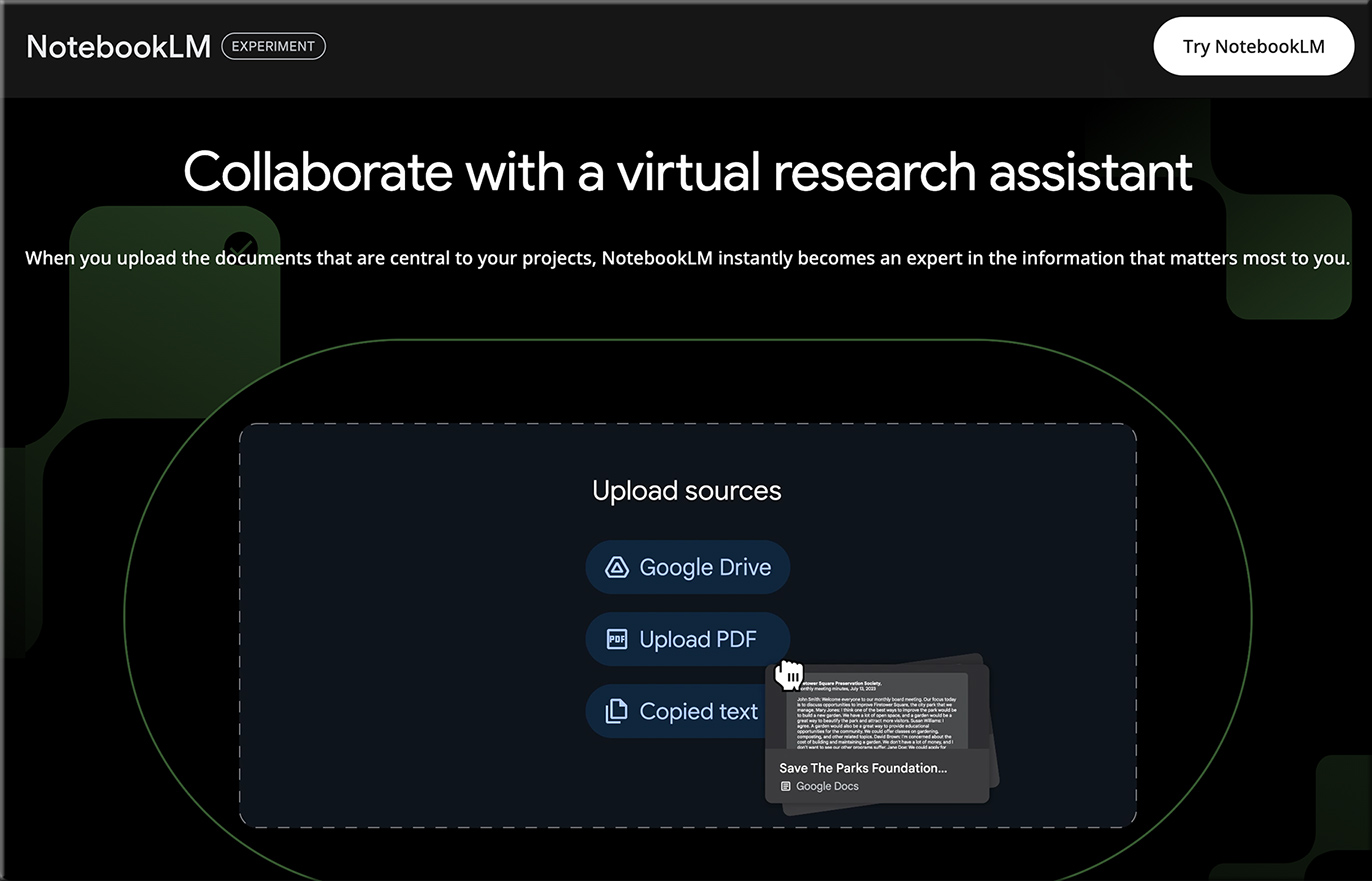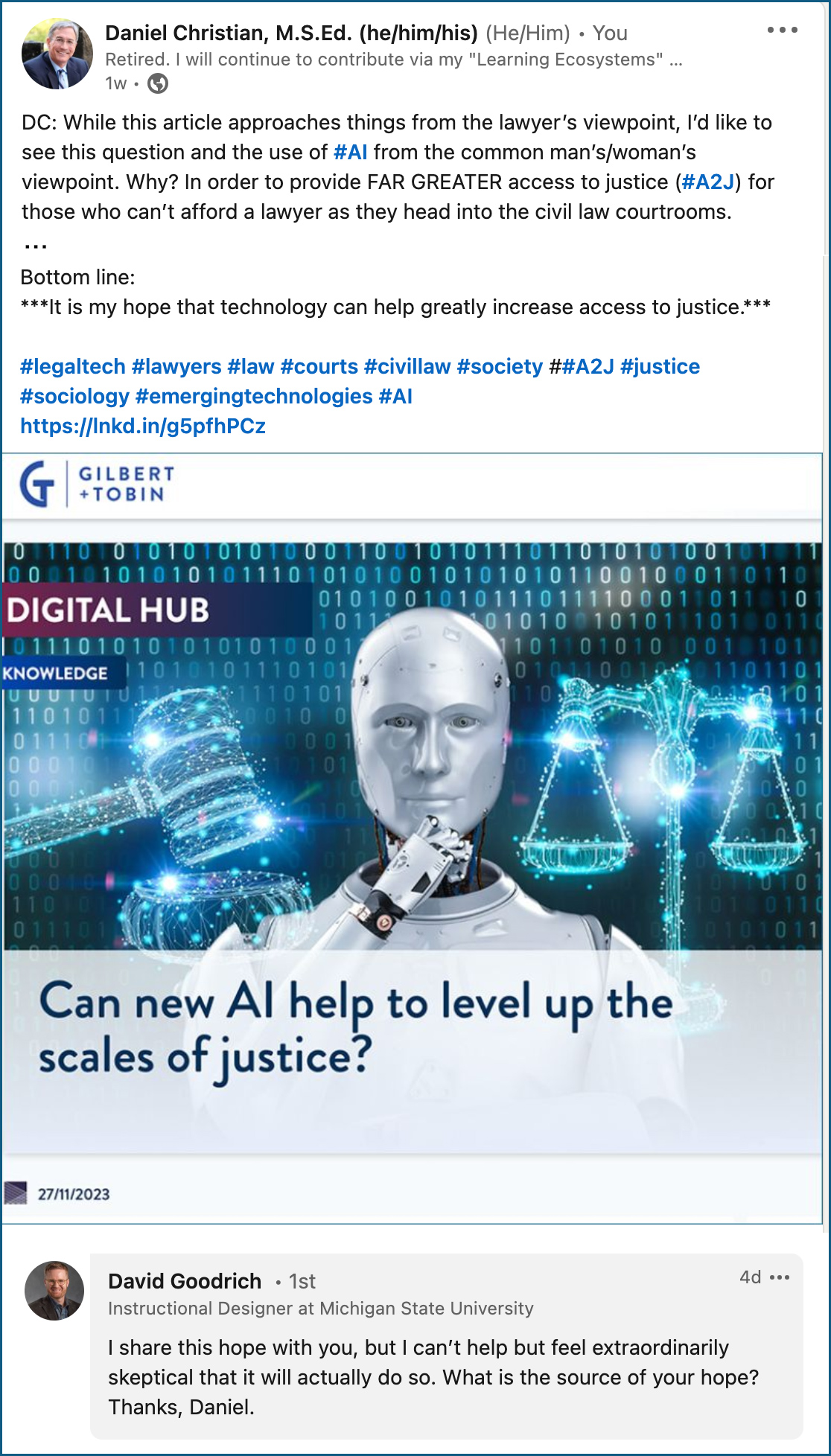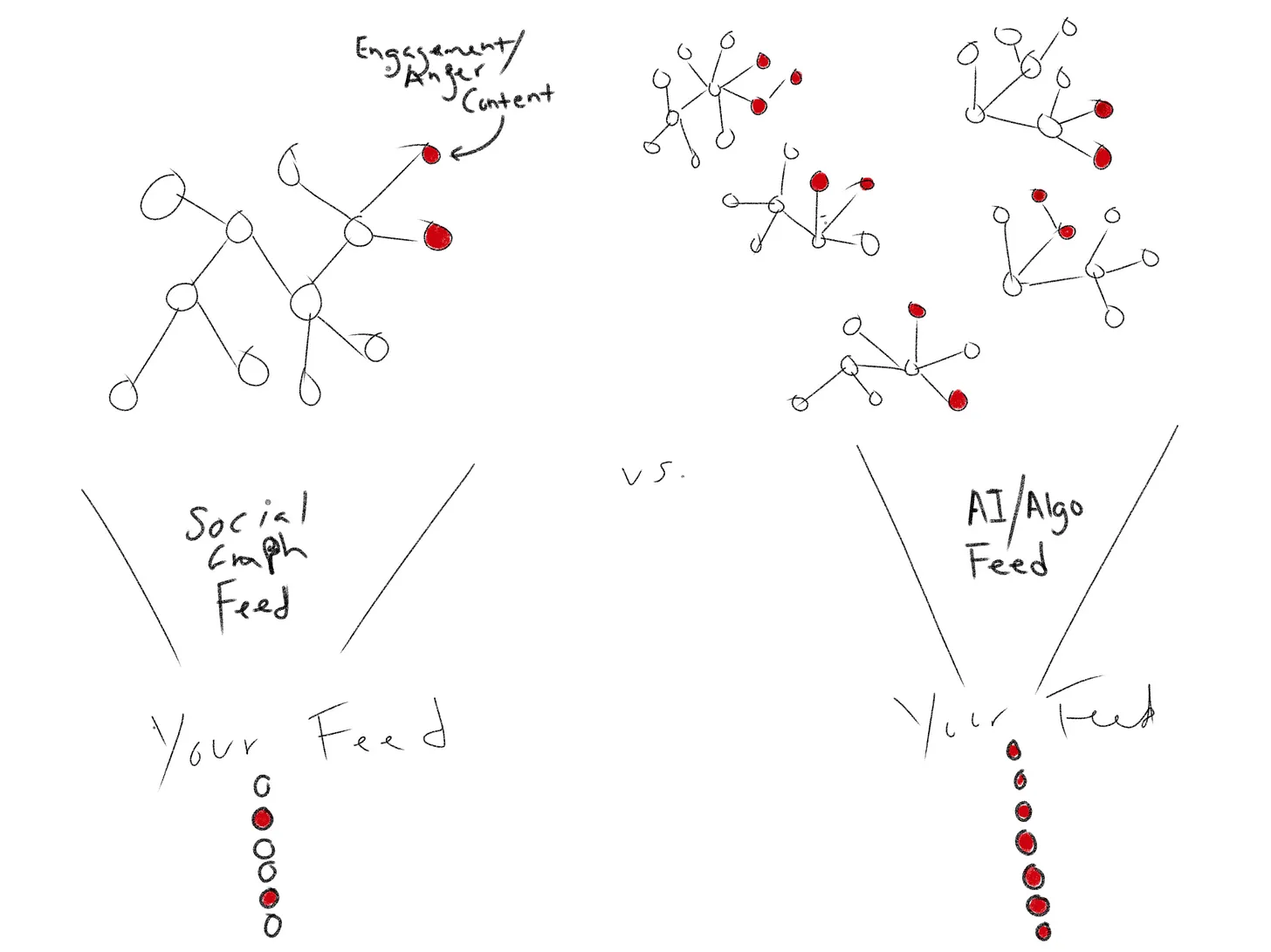From DSC:
As a bit of context here…
After the Jewish people had been exiled to various places, the walls of Jerusalem lay in ruins until the fifth century B.C.E.. At that point, a man named Nehemiah returned to Jerusalem as the provincial governor and completed the repairs of the walls. The verses below really stuck out at me in regards to what a leader should behave/look/be like. He was a servant leader, not demanding choice treatment, not squeezing the people for every last drop, and not using his position to treat himself extra right.
I don’t like to get political on this blog, as I already lose a great deal of readership due to including matters of faith. But today’s leaders (throughout all kinds of organizations) need to learn from Nehemiah’s example, regardless of whatever their beliefs/faiths may be.
14 Moreover, from the twentieth year of King Artaxerxes, when I was appointed to be their governor in the land of Judah, until his thirty-second year—twelve years—neither I nor my brothers ate the food allotted to the governor. 15 But the earlier governors—those preceding me—placed a heavy burden on the people and took forty shekels[a] of silver from them in addition to food and wine. Their assistants also lorded it over the people. But out of reverence for God I did not act like that. 16 Instead, I devoted myself to the work on this wall. All my men were assembled there for the work; we[b] did not acquire any land.
17 Furthermore, a hundred and fifty Jews and officials ate at my table, as well as those who came to us from the surrounding nations. 18 Each day one ox, six choice sheep and some poultry were prepared for me, and every ten days an abundant supply of wine of all kinds. In spite of all this, I never demanded the food allotted to the governor, because the demands were heavy on these people.
19 Remember me with favor, my God, for all I have done for these people.




















